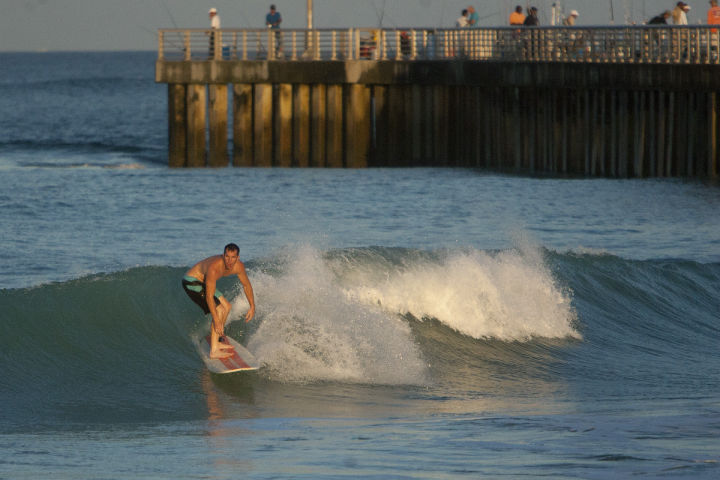
INDIAN RIVER COUNTY — Sebastian Inlet District Administrator Martin Smithson gave the county commission an upbeat report on the growing economic impact of the Sebastian Inlet in Indian River and Brevard Counties.
He said a recent report shows the inlet is a multi-billion-dollar asset that supports jobs, businesses, local tax rolls and property values along the 70-mile stretch of the lagoon between the Fort Pierce and Canaveral inlets.
“There are 9,700 boats registered in Indian River and Brevard counties in the area served by the inlet.” Smithson said, adding that as many as 100 boats per hour pass through the inlet on busy weekends.
The boats range in length from 10 feet to more than 50 feet and average 22 feet. Three quarters are fishing boats.
Smithson said the average annual expenditure per boat for fuel, equipment, repairs and other costs in $4,300.
He said activity at the inlet keeps afloat 77 marine-related business in the two counties and supports 970 jobs.
Under normal conditions the inlet’s regular tidal infusion of salt water would help sustain 4,600 acres of sea grass worth an estimated $5,000 per acre per year to recreational and commercial fisheries, amounting to $19 million annually.
The inlet’s greatest economic impact is on property values, according to Smithson. He said that ocean access adds an average of 15 percent to houses on the water and inland within a certain distance. Over a period of 30 years that added value amounts to $1.8 billion according to Smithson’s calculations.
He said economic activity and added property values inject $8 million a year into local and state coffers that would be absent if the inlet were closed.
It took seven tries, beginning in 1872, to open an inlet at Sebastian. To further the effort, the Florida State legislature created the Sebastian Inlet District as a local taxing entity in 1919.
The inlet was finally opened at its current location in 1924. It was blocked in 1941 by a storm that washed sand across the opening in the barrier island and remained closed for security purposes during World War II.
In 1947, it was reopened using explosives and dredges and has remained a navigable opening between the lagoon and the Atlantic ever since, benefiting from a number improvements over the years, including the construction of jetties, the blasting of a sand trap and numerous dredging operations.
Commissioner Wesley Davis complimented Smithson and District Board Member Beth Mitchell, who was present, on the District’s successful operation.
“We are fortunate people in the past had the wisdom to create a special taxing district to fund our inlet,” Davis said.



